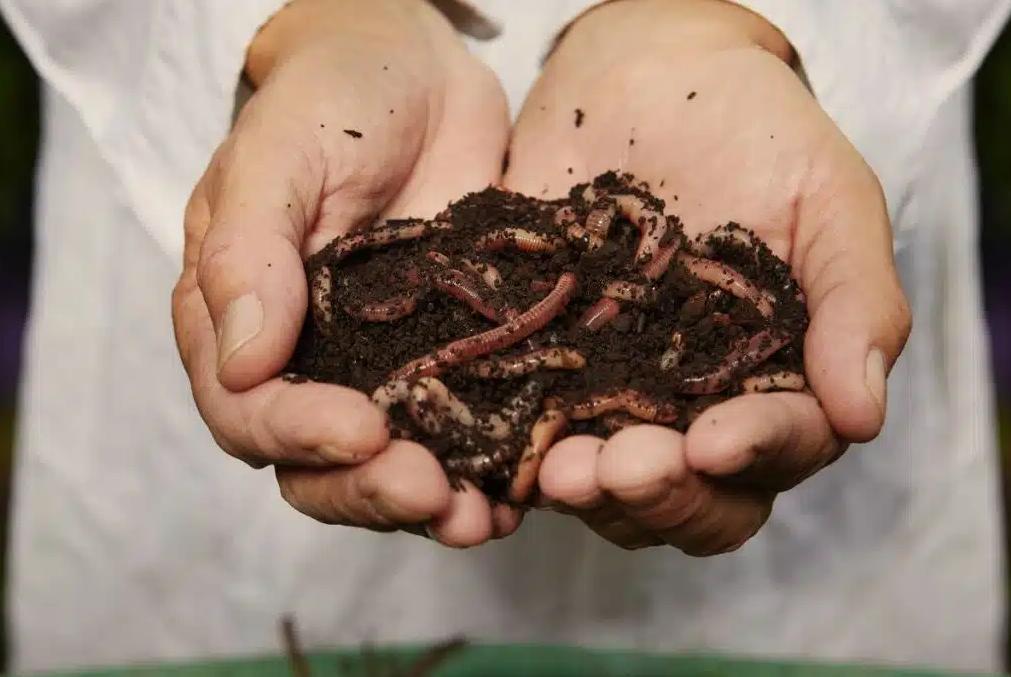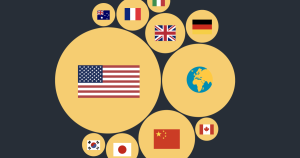This New American Technology could save 735 million People Worldwide

An American university has come up with a potential solution to world hunger. This new technology would save water and pesticides. Agriculture, the mainstay of our food supply, is facing colossal challenges: a constantly growing world population, a climate that is going out of kilter and depleting natural resources. But a glimmer of hope has just emerged from the laboratories: a new type of potting soil, more effective and more respectful of the environment, could revolutionise the way we farm.
Saving water and pesticides, this newly discovered substrate could change everything in agriculture
A major discovery has shaken the scientific world: researchers have developed an innovative potting soil capable of increasing agricultural yields by 138% while reducing water consumption by 40%. This technological breakthrough, the fruit of several years’ research, could well be the key to feeding the world’s ever-growing population while preserving our planet.
This new potting soil is a real concentrate of technology, with unique properties. Thanks to a combination of organic materials and nanomaterials, it is able to retain water more effectively and release it gradually to the plants, according to their needs. It also promotes root growth and improves soil quality, resulting in more abundant and nutritious harvests.
Could this innovation make it possible to feed up to 735 million more people, or almost 10% of the world’s population? That would be a very exciting prospect at a time when food security has become a major issue.
Sustainable land use, a major challenge for agriculture
As well as increasing yields, this new potting soil offers numerous environmental benefits. By considerably reducing water consumption, it helps to preserve this precious resource, which is becoming increasingly scarce in some parts of the world. It also limits the use of pesticides and chemical fertilisers, reducing soil and water pollution.
This innovation is perfectly in line with our sustainable development approach. By combining productivity and respect for the environment, it offers a promising solution for feeding the planet while preserving natural resources.
While the results of the initial trials are encouraging, there are still many challenges to be met before this new potting soil can be used more widely. Large-scale trials are needed to confirm its effectiveness in different soil types and climates. In addition, it will be necessary to ensure that its production is environmentally friendly and economically viable.
Nevertheless, this discovery opens up new prospects for agriculture in the 21st century. By combining the latest technological advances with the ancestral knowledge of farmers, it is possible to build a more sustainable, resilient and equitable food system.
As a reminder, the UNESCO World Water Development Report (WWDR) of 2024 stresses the importance of developing innovative solutions for the sustainable management of water resources, particularly in the agricultural sector. This new soil could well be one of those solutions.
The future of our food is in our hands. By supporting the research and development of innovative technologies like this one, we can help build a world where everyone has access to healthy, sustainable food.
Source: Rose Dixon









